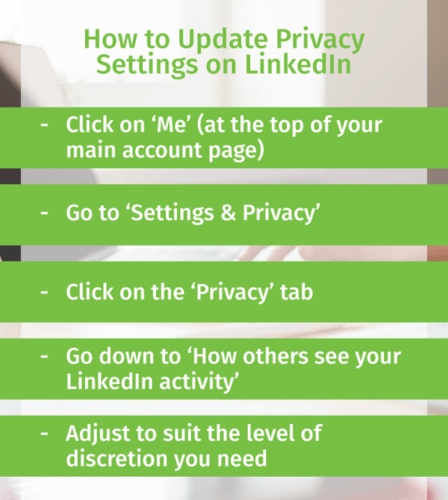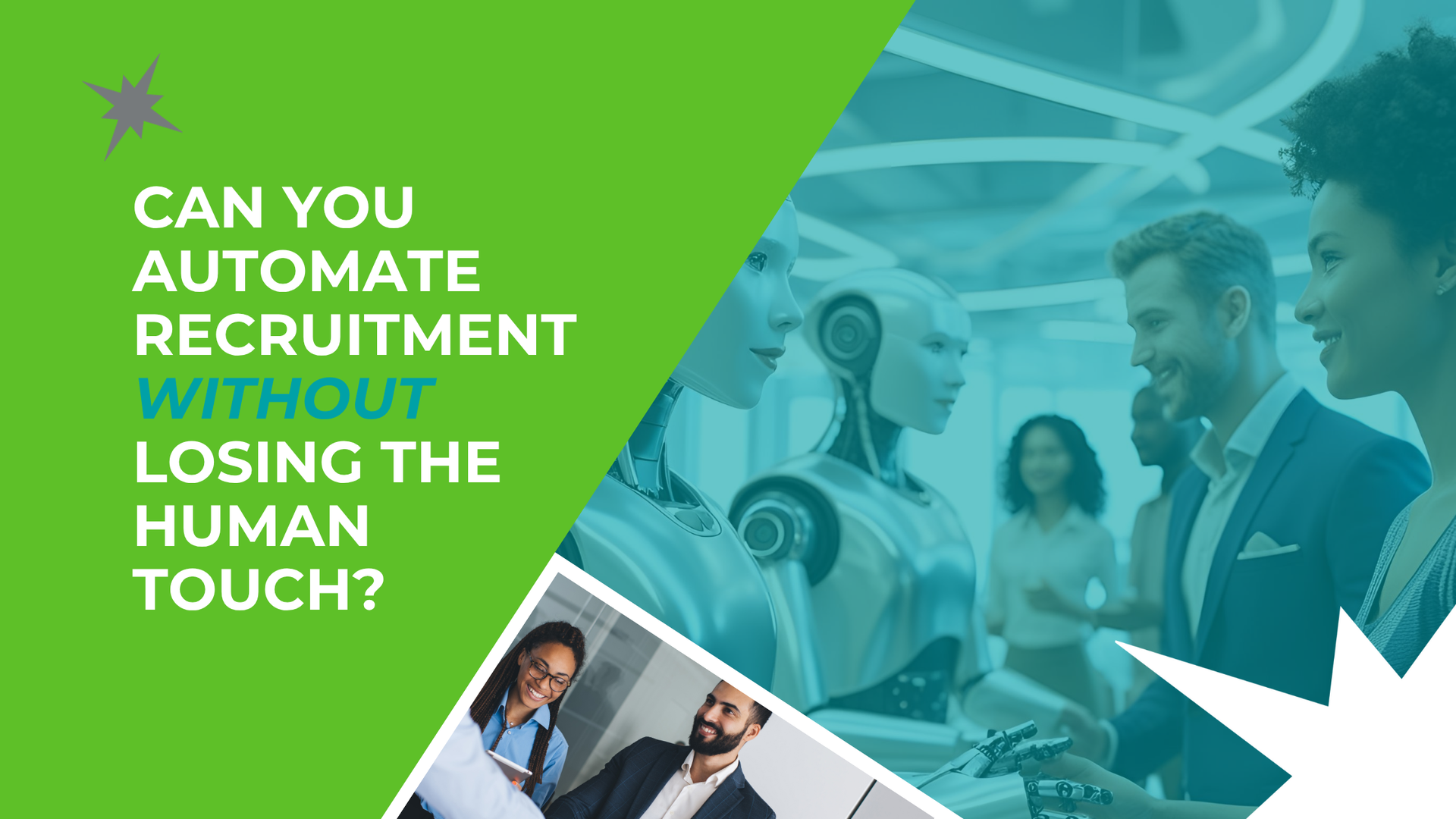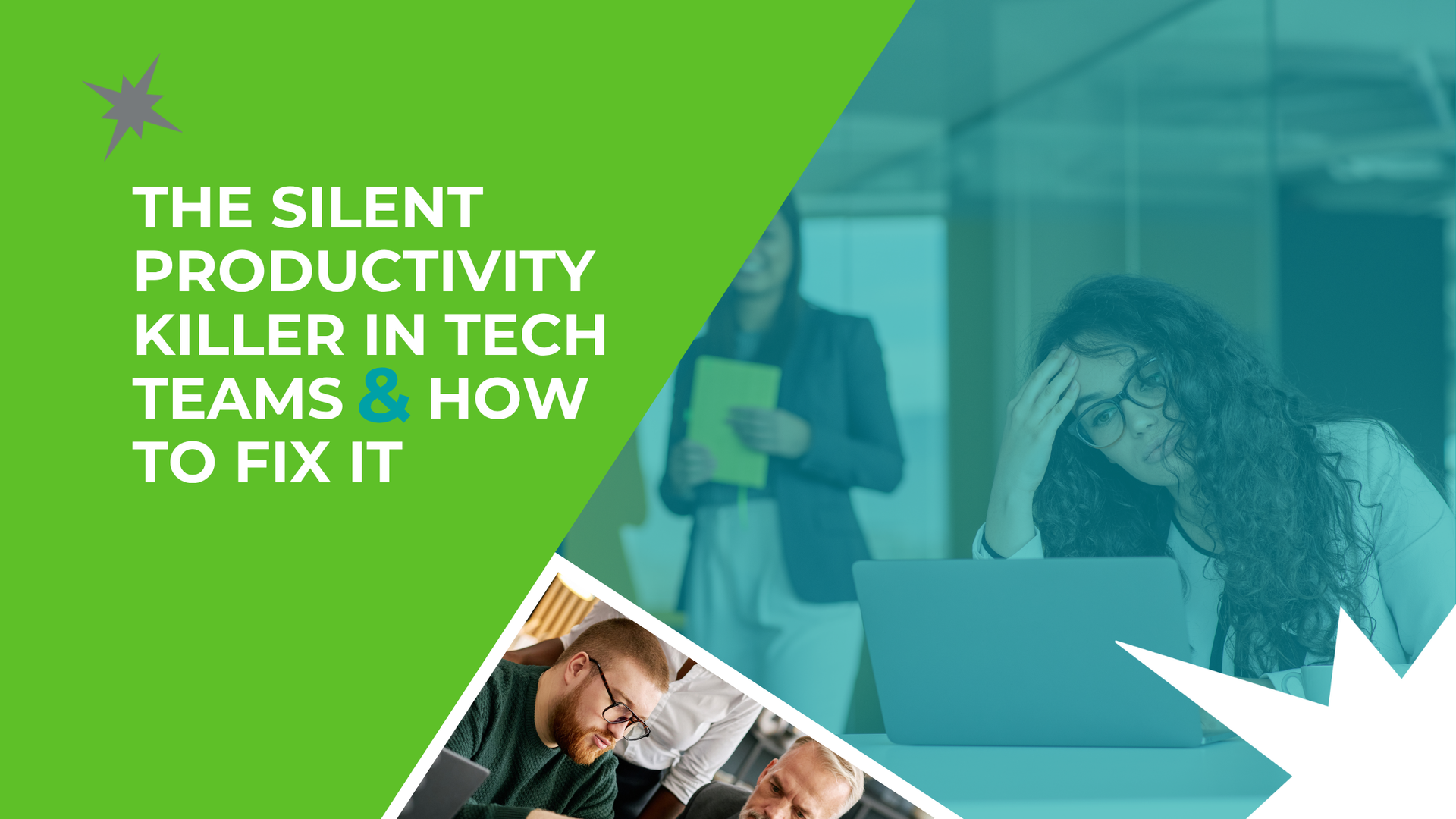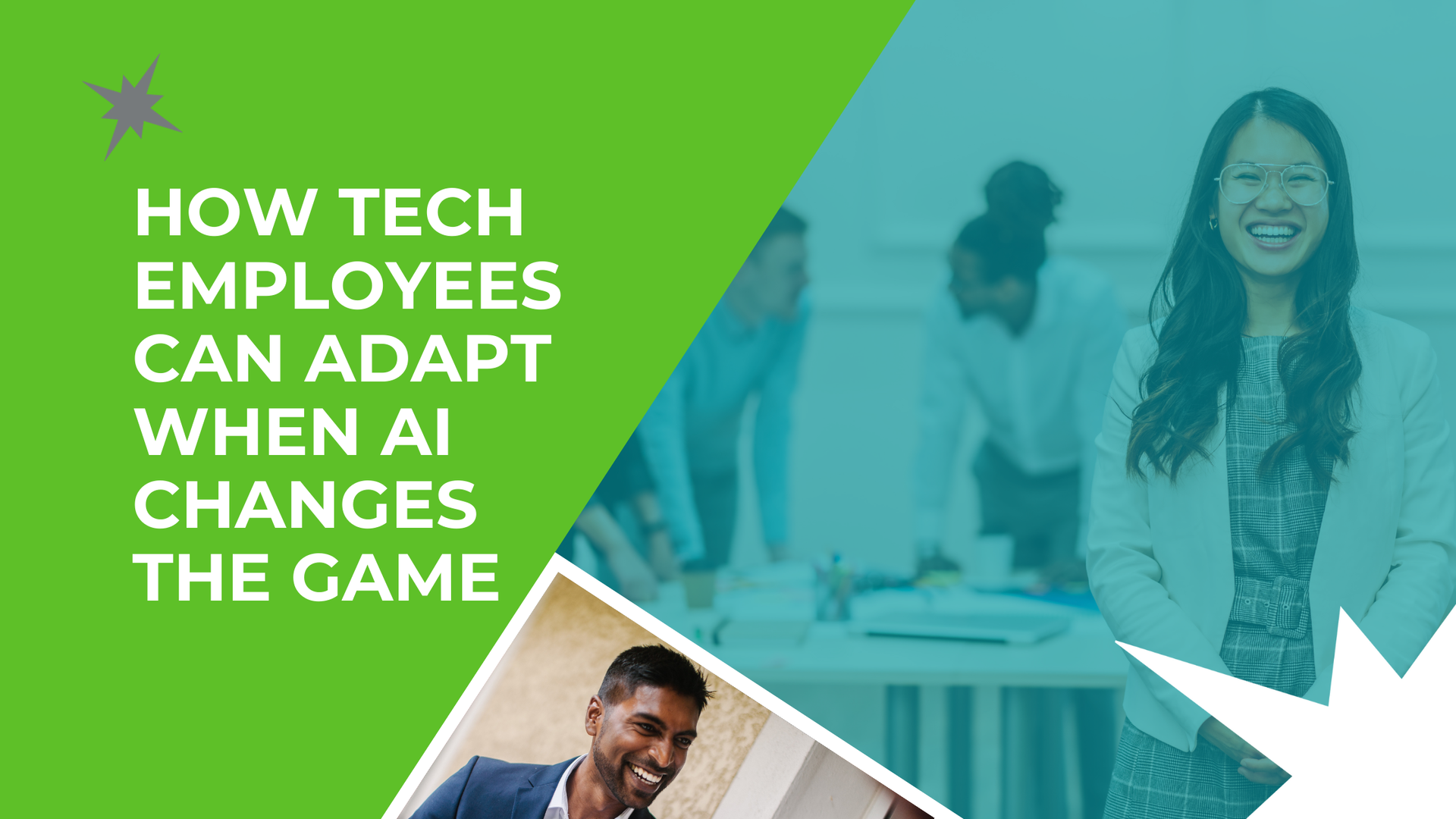News & Insights
< Back to Blogs
Carrying Out a Confidential IT Job Search

When looking for a new job, the majority of us will do so while still employed and without our current employer’s knowledge. Job searching is a time-consuming exercise, and the last thing you need is someone noticing and passing the news on to your boss. When you’ve made up your mind and begun a search, it’s key to be discreet, so not to jeopardise your work relationships and leave on a bad note. To ensure you don’t find yourself in this situation, take a look at our top tips for keeping your IT job search under wraps.
Approach Social Media With Care
It might be an obvious one, but this is where we find a lot of candidates slipping up and making mistakes. A lot of what we say and do online can end up in the public domain and it’s surprising how much can be found out about someone on social media.
Some people may think that only announcements or headlines trigger suspicion, but there are other, more subtle indicators, that some savvy employers may potentially notice. If you’re not always active on LinkedIn, your intentions might become pretty clear to your boss if your activity suddenly increases. An untouched profile suddenly having a renewed level of professionalism overnight, a flurry of updates, profile additions and connecting with a lot of local recruiters will naturally arouse suspicion.
This is not to say you should avoid these changes. In fact, we certainly recommend it, as there’s a lot to gain from social media, but be cautious. Use LinkedIn consistently over time so it doesn’t look like a sudden change in activity and check your privacy settings. LinkedIn has the option of hiding changes and notifications from connections and it takes just a few simple steps to update.

Being Aware of Attire
Another error that we often see people make in keeping a job search discreet is their attire. If the dress code at work is smart casual, the moment you turn up in formal wear can be a giveaway.
There are a couple of options here. If an interview is after work, bring a change of clothes and get changed somewhere discreetly. Alternatively, explain the situation to your interviewer or recruitment agency. We find that most employers will be accepting of more casual attire, so long as they’ve been made aware in advance.
Job Search in Your Own Time
A quick check for job application updates or new live roles during your lunch is reasonable but try not to actively search for new jobs on company time. Doing so, is not only unprofessional but should your employer find out, you could find yourself in a difficult situation.
The same goes with other aspects of a job search like updating CVs, taking calls and registering with IT recruitment agencies. It wouldn’t take much for a colleague to walk by and notice, so it’s best to keep these things to your personal time. This might sound obvious – but we’ve seen it happen!
It’s not always possible, but interviews should also be kept separate. Try and schedule them for out of hours, during your lunch break or use annual leave. If you don’t usually leave the office for lunch, suddenly doing so may also raise suspicion, so think about starting this habit early so it’s not something that is questioned.
Job searching in your own time shows respect to your current employer and removes the risk of them finding out you’re looking elsewhere. It’s also key to leaving a company on good terms and continuing a professional relationship.
Keeping Everything Confidential
It’s important to keep job plans to yourself. Even if there are colleagues that you trust, it isn’t worth the risk of office gossip getting back to your manager or even someone overhearing a conversation. Until you’ve accepted a new job and signed on the dotted line, our best advice is to keep all plans confidential.
Also, reach out to your network carefully, as you’ll soon find any industry is a small world. Anyone contacted about a job might also know your manager, or colleagues in your team. This is not a bad thing, but do keep it in mind, as you need their discretion.
Summary
Finding a new job can often be a time-consuming process, and it certainly doesn’t get any easier with your current colleagues around. However, by approaching a job search carefully, it’ll be easier to get through it without the pressure of managers and colleagues knowing your every step. If you need support or guidance with your IT job search, get in touch with the Enterprise IT Resources team.
Share This Article
Recent Articles

Filter By Category
Subscribe to our News & Advice












